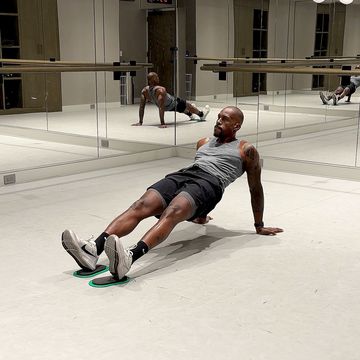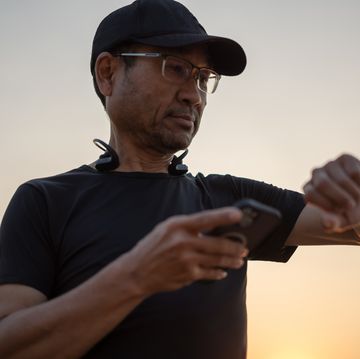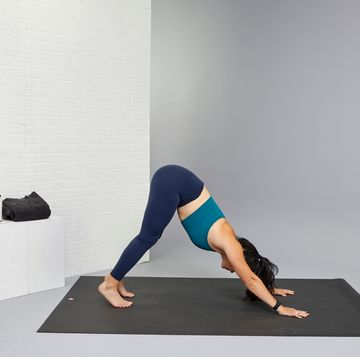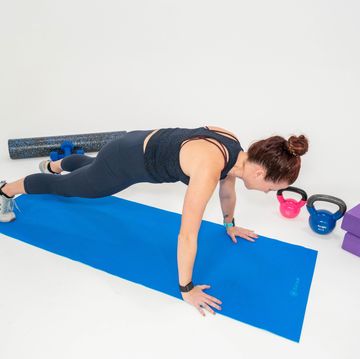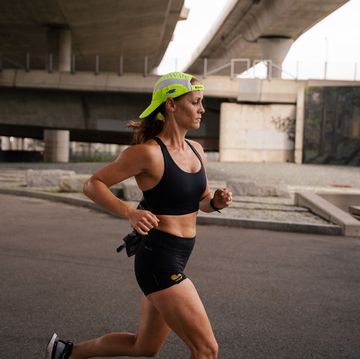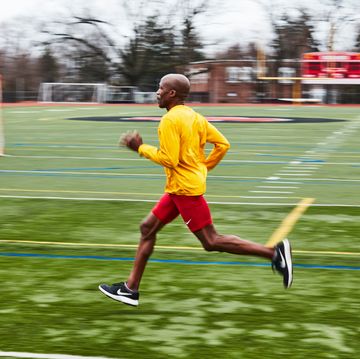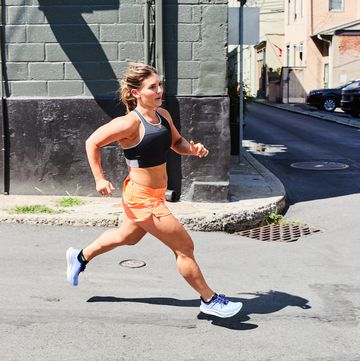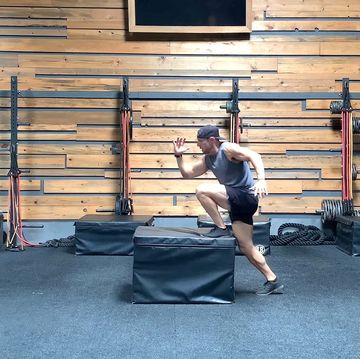After the 2008 Olympic Trials, I sat glumly on the Molly Huddle: Heres the Analysis I Do After a Big Race mulling over the week’s races. I had majorly underperformed. Despite prerace predictions that I had a decent shot of going to the Olympics, I felt awful in my races and was nowhere near making the team. I placed ninth in the 10K and 10th in the 5K.
Well-meaning people told me, “Hey, sometimes it’s not your day.” I wondered how someone could invest so much into an important goal and accept that it could be smote by a random and uncontrollable “bad day.” I decided there had to be more to it, and dissected the lead-up to my last few races. Had I really been a wimp, or was I just fatigued or unprepared?
The disappointment spurred me to take stock of everything that went into the races; I wanted to take as much guesswork as I could out of feeling strong and performing well the next time. Sure, there’s an element of uncertainty in going for any goal that stretches you, but that’s only after you’ve done everything in your control to learn from your mistakes and improve. Good result or bad, I was going to open up a notebook, sit down with my team, and essentially debrief after races. Since then, a postrace analysis has been an invaluable part of all moving from one big goal to the next.
Watch: Prior to her fourth-place finish at the 2018 New York City Marathon, Molly Huddle opened up about how she draws confidence from past experiences.
It makes sense that, to improve as an athlete, this processing of events and emotions after a key race is part of the, well, process. Businesses do it, performers do it, and the military possibly invented it. The idea is that after any big goal—a test, race, performance, etc.—you can work toward long-term success by determining what you’ve improved at since the last one and what needs more attention or guidance.
For me, evaluating the technical side of the event is the first and simplest order of business. Here I note that, yes, those socks were keepers and prevented blisters, the nose strip helped and is worth the ugly pictures, or my fueling technique needs work, because I doused myself with about as much lime Gatorade as I got in my mouth.
Next I break down the actual training and racing. It helps to bounce this part off people who’ve been alongside you enough to know what your preparation was like. I talk with my coach, Ray Treacy, who wrote the plan; my husband, Kurt, who paced or saw the workouts up close; and my chiropractor, John Ball, who worked on the body issues that crop up when you run, in his words, “too much.”
I value having this team to help me make constructive judgements. On my own, the emotion of the day and closeness to the scenario can make it hard for me to see the facts. Also, it can be easy to wrap a great race in a bow and put it on the mantle next to the trophy. It’s important for me to still pick apart a few areas of improvement and note why things worked even on a day that exceeded expectations.
After some races, my analysis led me to change the standard I set for myself going forward. After setting my first American record at the end of my 2010 track season, I decided I could aim higher. In 2011, I told myself, I would not just hope to make my first World Championship team; I would expect to make the team and would also aim to win the U.S. championship at which the Worlds team would be selected. I accomplished both.
[An empty outlined icon indicating the option to save an item Runner’s World Training Plan, designed for any speed and any distance.]
My friend Ro likes the quote, “You win or you learn.” After the Boston Marathon were keepers and prevented blisters, the nose strip helped and is worth the ugly pictures, or my finishing 16th. The severe weather trumped most variables and is why the race was so frustrating. It felt like a failed effort, which you can typically learn a lot from, but much of my training feedback and tactical lessons were washed down Boylston Street in the icy deluge.
It seemed there was no silver lining of lessons ringing the dense Boston cloud cover, which was harder to take than the poor finish. Regardless of the outcome, I had hoped to learn and grow more as a marathoner. Maybe a Boston Marathon heartbreak is a rite of passage in itself.
Throughout my career, these analytical days after the race have stood as a launch pad, trajectory change, or engine check light for goal chasing. In the same way that sleep is needed to consolidate your day into useful long-term memory, or rest days are needed to absorb the benefits of strength training, this period of reflection can tease out lessons that will help you become not only a better runner, but also a better person.
There are countless times in my life outside of racing where I lack bravery or confidence. I call on moments like trying to hold on to the women aiming for the 10,000-meter world record at the Olympics or kicking around the last bend for a U.S. track championship to remind me that those traits are somewhere inside if I need them.
If nothing else, once you do your debriefing, you’ll be ready to succinctly answer your friends and family when they ask, “Hey, how’d that race go?”
Molly Huddle is a two-time Olympian who holds the American record at 10,000 meters and the half marathon. She placed fourth at the 2018 New York City Marathon in a personal best of 2:26:44.
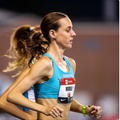
Molly Huddle is a two-time Olympian who holds the American record at 10,000 meters. She placed fourth at the 2018 New York City Marathon in a personal best of 2:26:44.


